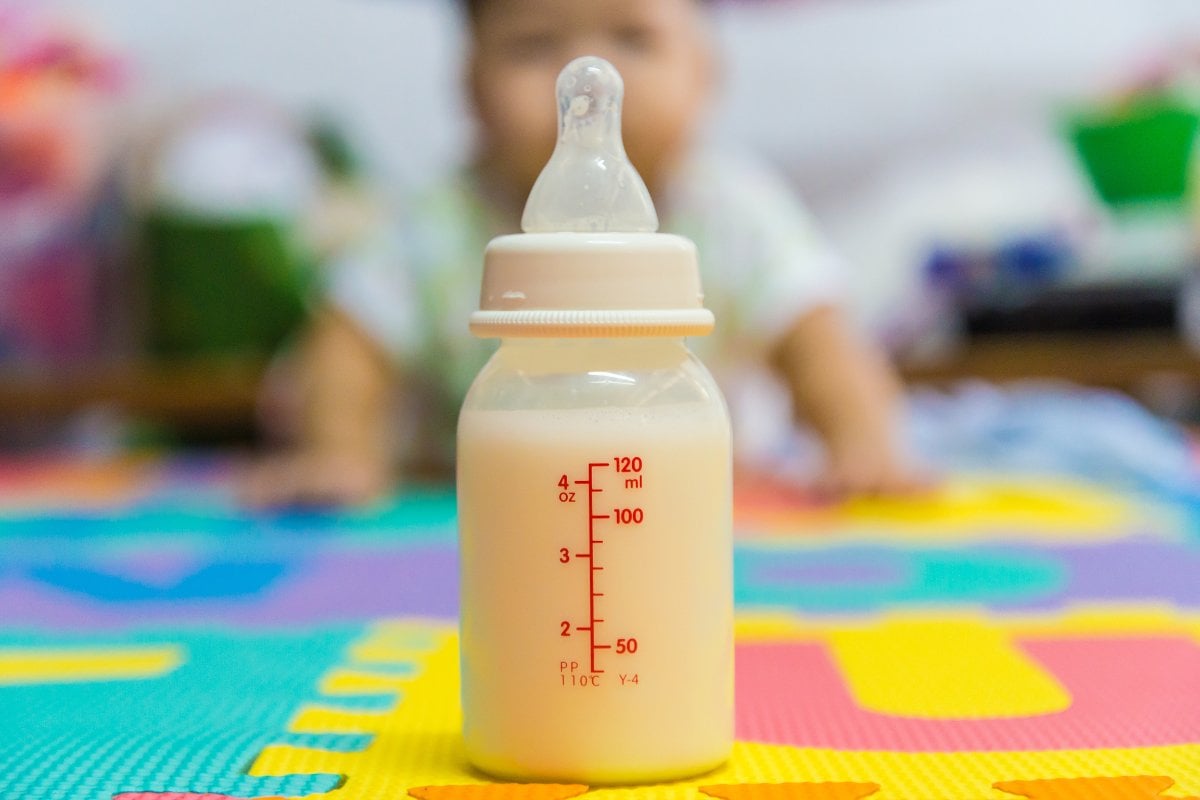
We know breast milk is the crème de la crème source of nutrition for babies; we are well aware.
In fact, what I hear from new parents the most is how surprised they are at how much of a struggle breastfeeding can be when we are consistently told that it is the easiest and most natural thing in the world.
From the moment you see those lines on the pregnancy test, you picture yourself with a baby on your breast, suckling happily.
It's an image that's been fed to us through books, movies and social media, portraying the idyllic bonding experience between mother and child. But no matter how badly you want it, sometimes it just doesn’t work.
Watch: The bottle vs. breastfeeding debate. Post continues after video.
I ordered countless breastfeeding-friendly bras and clothes, searched high and low for shirts with buttons.
I spent a few hundred dollars on a breastfeeding course in addition to the parenting course offered by the hospital.
I desperately wanted to breastfeed, and after it didn’t work the first time, I was devastated. No amount of preparation, education, or desire helped me breastfeed my first or my second baby.


Top Comments